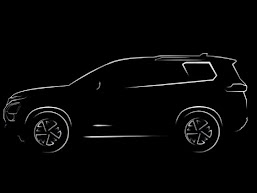Maruti recently launched a new SUV - Victoris at a price starting from Rs 10.5 -20 lakhs, at the same time, it's bestselling brand Grand Vitara starts with the same price range. When I was watching the Victoris review, a famous autojournalist commented- why would Maruti Suzuki launch a new product at the same price range of its own product with the risk of cannibalization. In marketing theory, this is called line filling strategy where the company deliberately launch products within the same range of existing products.
This risky strategy has its own advantages. The major advantage is that the brand is able to give a complete array of products across the price ranges and variants which often prevents the customers from going to another competitor. The brand by launching products with so much similarity is offering a wide range of options thus locking the consumer to the brand. If a consumer doesn't like a model in a price range, the brand thus offers another model within the same range. Often this is seen in FMCG, cosmetics etc where consumers search for variety, Maruti Suzuki has perfected it in the automotive segment.
While other automotive companies cannot copy this strategy because there are a lot of consumers in India which when thinks about buying a car, thinks first about Maruti and then its options. The brand doesn't want these customers to move out of the brand. Further this heavy list of brands and variants acts as a powerful deterrence against the competitors eliminating any gap for them to enter. Having said that Maruti too had the gap in the SUV segment which was capitalized by Mahindra and Tata Motors. In the EV segment also the market leader was trumped by Tata Motors. But once the company finds a platform, it fills the models to prevent customer switching.
Maruti’s strategy of line filling may look risky on paper, but it works because of its brand gravity—Indians still think ‘Maruti first’ when buying a car. By flooding price bands with options, the company prevents leakage to rivals and maintains dominance. The real test will be whether Maruti can apply this same formula to the fast-growing EV market, where it has already ceded ground to Tata Motors. If history is a guide, once Maruti finds a viable EV platform, it will quickly fill every gap to keep customers locked within its brand orbit.














